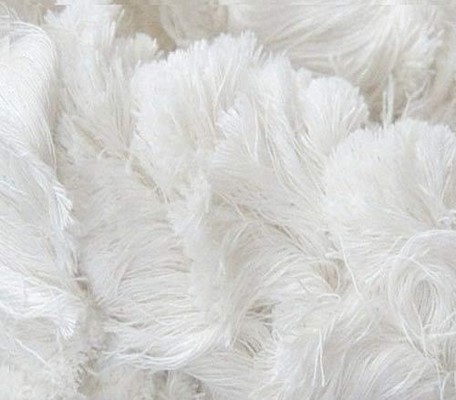
Flat Strips Cotton Waste
In recent years, distinctive and functional fibres have been produced, which have significantly enhanced the capabilities of the yarn family members.
Flat Strips Cotton Waste is a by-product that is also referred to as 100 percent cotton since it is generated from Ring Spun mills with counts ranging from 30 to 60.
Flat Strips combine simplicity of production with high strength and a smooth surface finish to create a versatile product. Flat strip may be used on tougher surfaces by annealing and rolling for hardening after foaming and blanking, and it is suitable to low-cost metal forming procedures due to its ability to be hardened. Flat strips that have been mill hardened or tempered are also commonly used in a variety of applications. Flat Strips Waste Exporter are dedicated to providing our clients with high-quality Cotton Spinning Waste Flat Strips. Its valued clients may get these strips from in a variety of packing choices at competitive prices.
A majority of the products are supplied in using in the production of carpets, mops and other household furnishings such as pillows, cushions, and mattresses. Additionally, it is generally regarded as an excellent material for the production of a variety of bond papers. Cotton Spinning Waste Flat Strips, which are widely needed in the paper sector, are excellent for use in the production of handcrafted art and money papers.
The fast development of modern spinning and ring spinning technological advancements in recent years has resulted in the progressive adoption of various new spinning technologies, including spinning, silo, rotor, bamboo and segment colour production. These new technologies cause considerable variations in the colour of the spinning yarn due to the mix of raw ingredients, changes in colour, and changes in morphology.
Comber Noil Flat Strips Waste
- Comber noil, clean carding waste, clean flat strip, clean dropping, cotton linter, and other products are included in the Flat Strips product line. All garbage is collected using a pneumatic waste collecting system and then processed into bales for disposal. Given that all of the preparation machinery used by the four spinning mills is state-of-the-art, the quality of the comber noil is excellent.
- Creating yarn of world-class quality is in compliance with the USTER 5 percent LEVEL. It is mostly due to the use of the finest cotton kind. Without a doubt, we are paying close attention to contamination throughout the cotton selecting process.
Flat stripes for cotton waste:
Cotton flat is a by-product of the yarn spinning industry that was initially created by the first carding machine in the early 1900s. When compared to comber Noil, the fibre contains a greater level of garbage. It is mostly used in OE spinning for the purpose of blending with high-quality cotton. Cotton yarn weaving, when mixed with yarns of other fibres, may produce a variety of different forms of fabric.
However, this manufacturing process generates waste, which is referred to as cotton textile waste. Textile processing waste includes a variety of sizes and types of textile waste, including fibres, threads, and fabric pieces that are discarded after being processed.
A by-product of the yarn spinning industry, cotton flat was originally produced in the first carding machine in the early 1900s. When it comes to the topic of specification, this is often lengthier and divided into three areas.
If you compare this cotton waste to comber noil, you’ll see that it includes a significant amount of rubbish. Flat upper carded waste is most suited for usage as a mix with top grade cotton in the open-end spinning process, where it may be spun into yarn.
